University of Connecticut – Innovation Partnership Building
Storrs, Connecticut, United States



Located on the Zuckerberg San Francisco General Hospital Campus, this welcoming facility fosters an innovative research community—integrating space for medical training, clinical patient research, computational research, and laboratory experimentation within a single building.
San Francisco General Hospital and the University of California, San Francisco (UCSF) have been in partnership since 1893, allowing physician-scientists to provide underserved communities with access to health care, conduct leading-edge research, and train generations of medical professionals. Pride Hall, an integrated academic and research building, celebrates this partnership and creates an environment for innovation by bringing state-of-the-art research and teaching together within a single building.

The design takes cues from elements of the surrounding buildings, which include red brick Italian Renaissance revival architecture from 1915, a brutalist concrete building from 1971, and a 2016 terracotta-and-glass hospital. Pride Hall is clad in a terracotta rainscreen that complements the campus’s traditional masonry. At the prominent front corner of the building—the gateway to the campus—terra cotta gives way to a floor-to-ceiling glass enclosure which reveals the activity within the building’s social spaces.
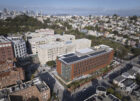
Pride Hall contains a variety of world-class laboratory spaces that can be oriented to the most pressing medical research, connected to the city’s only Level I Trauma Center. Designed to create robust connections in the campus, the new building leverages shared facilities and collaboration spaces to enable researchers and practitioners to tackle critical diseases and public health crises from the lab to the patient. SOM gathered input from research units and developed a building design that responds to the workflows associated with experimental processes. The facility features high precision designs, pressure controls, and technical equipment systems.


Balancing the need for privacy with openness and connectivity, the interior layouts create welcoming, humane spaces for public health. The building is organized around a series of “town hubs,” gathering spaces which serve groups of researchers, students, and faculty. Workspaces offer sight lines from labs to offices, easing navigation and fostering a sense of connection within the building. Amenity areas offer views toward the city, and a ground-level conference center which opens up to a protected garden improves the sense of connection between indoors and outdoors. A meditation room is among the building’s amenities that contribute to well-being.

The building features a high-performance facade and efficient mechanical systems to optimize building performance and protect in a high-seismic zone. Low-carbon material selections, such as terracotta, minimize the building’s whole life carbon impact. Supporting the building’s target of LEED Gold certification, these choices bring benefits for the building’s users and the environment. Coupled with water efficient fixtures, energy and water metering, and high-albedo finishes to reduce solar heat gain, the building effectively balances environmental design with functionality.
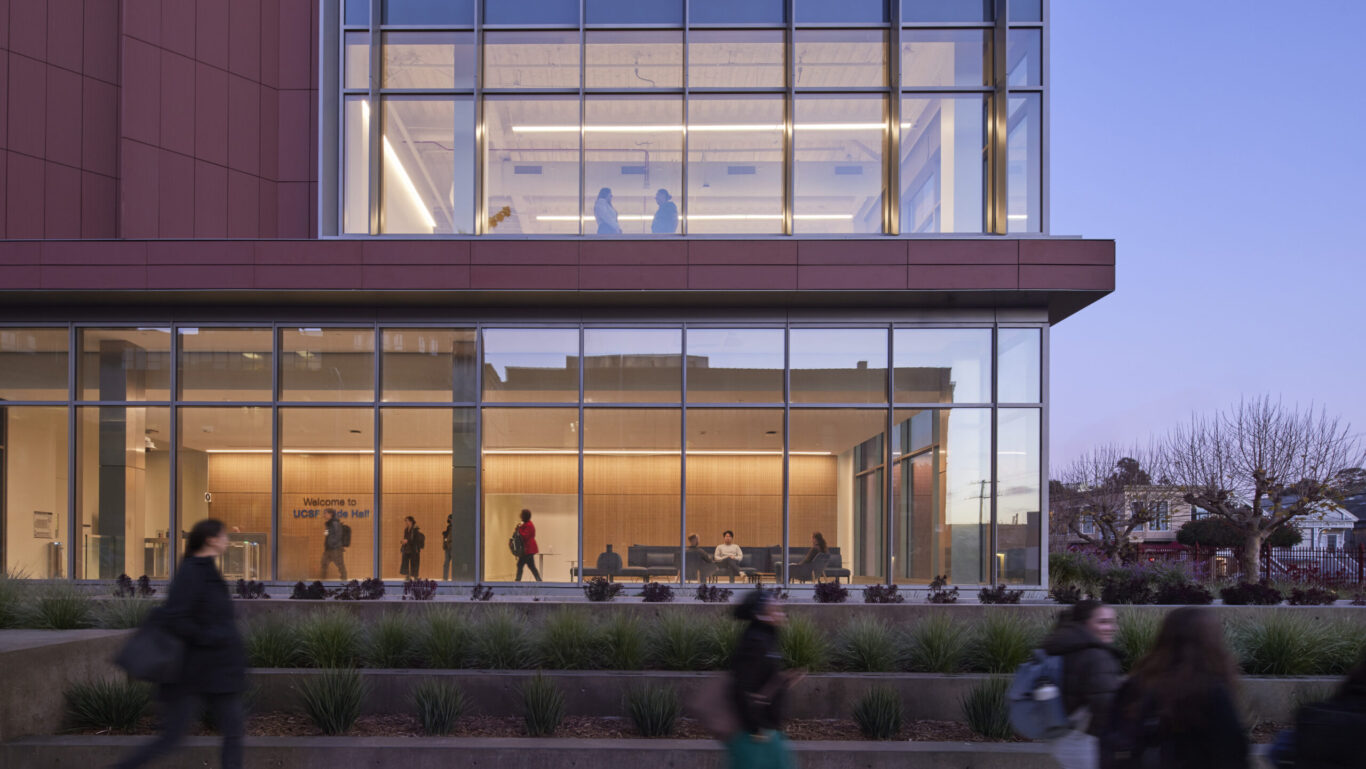
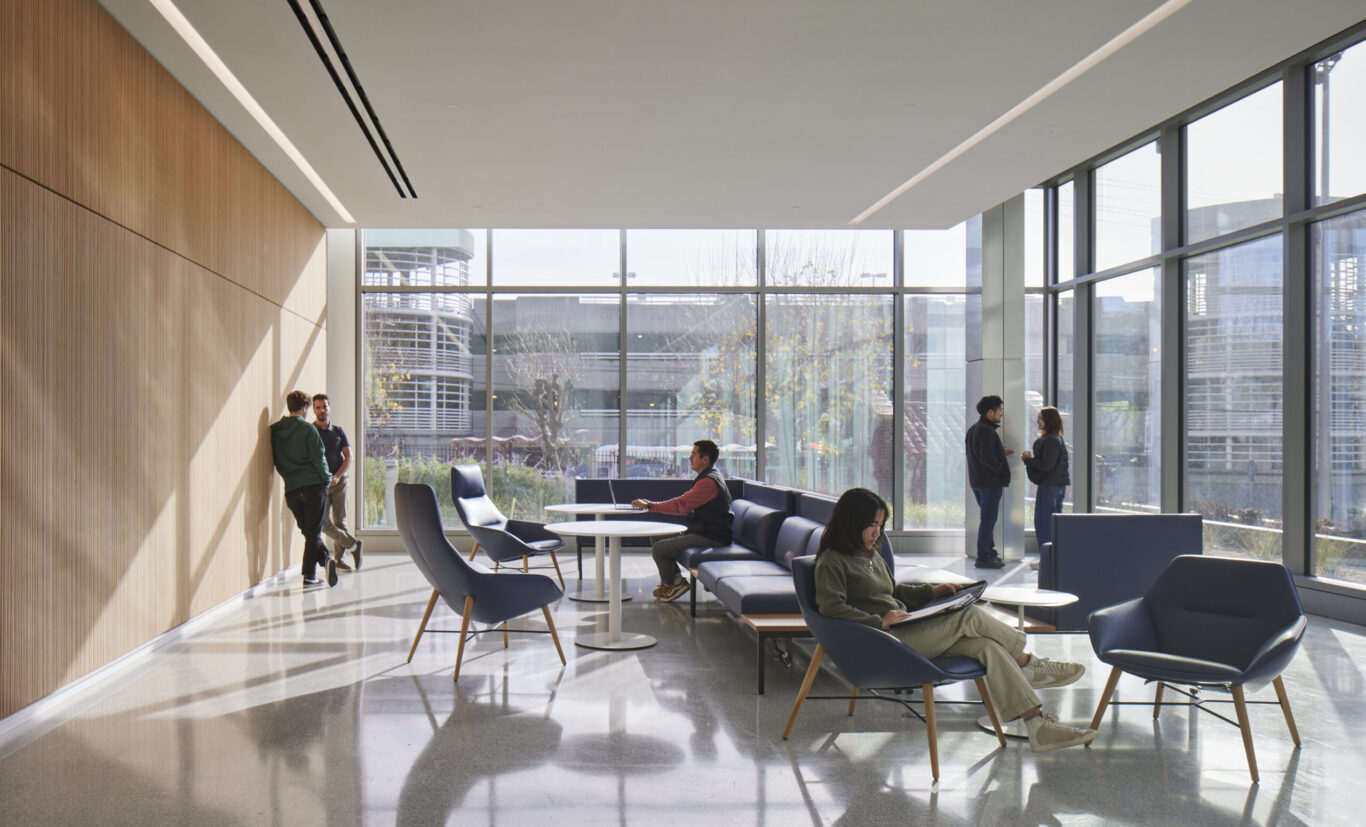
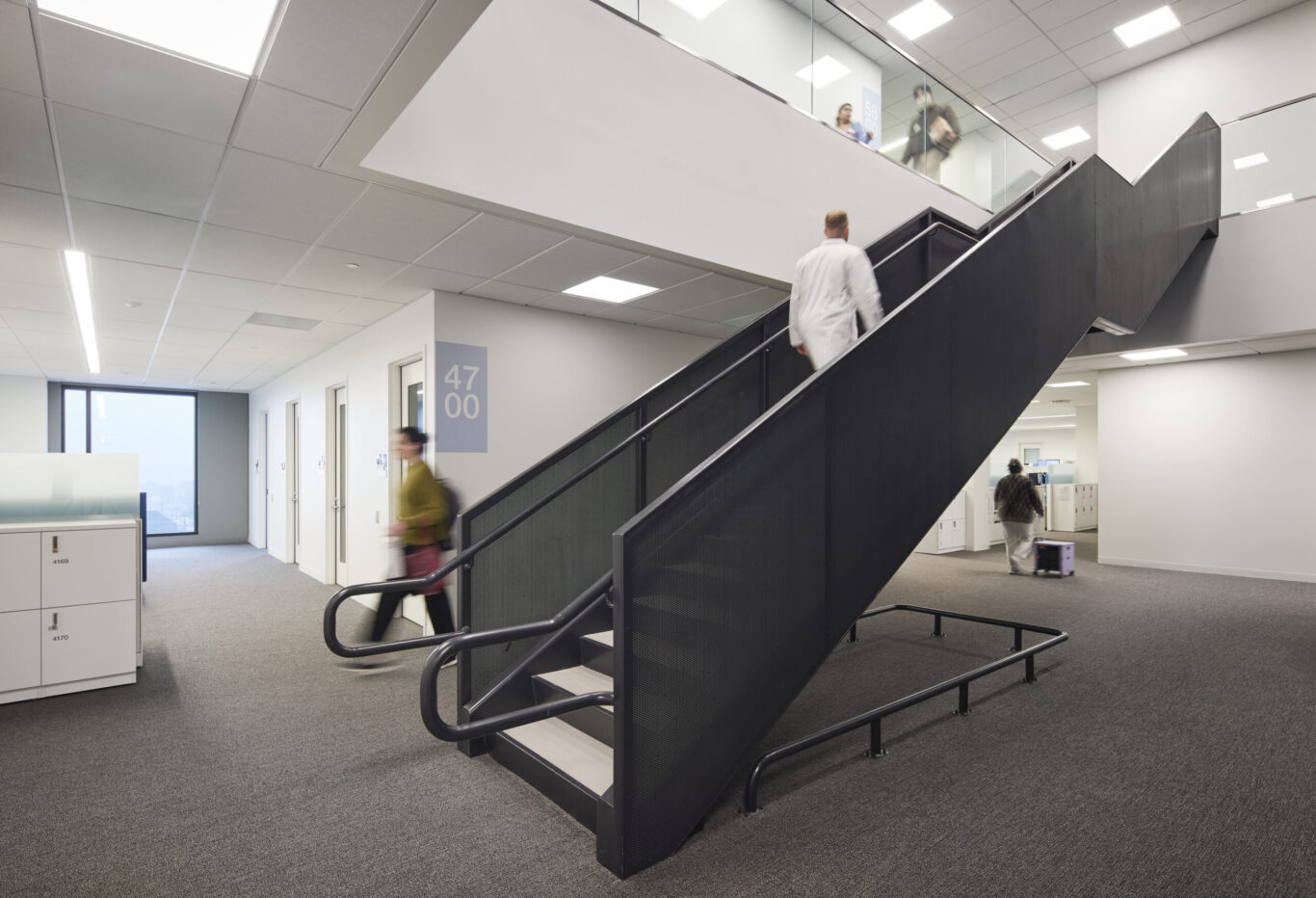
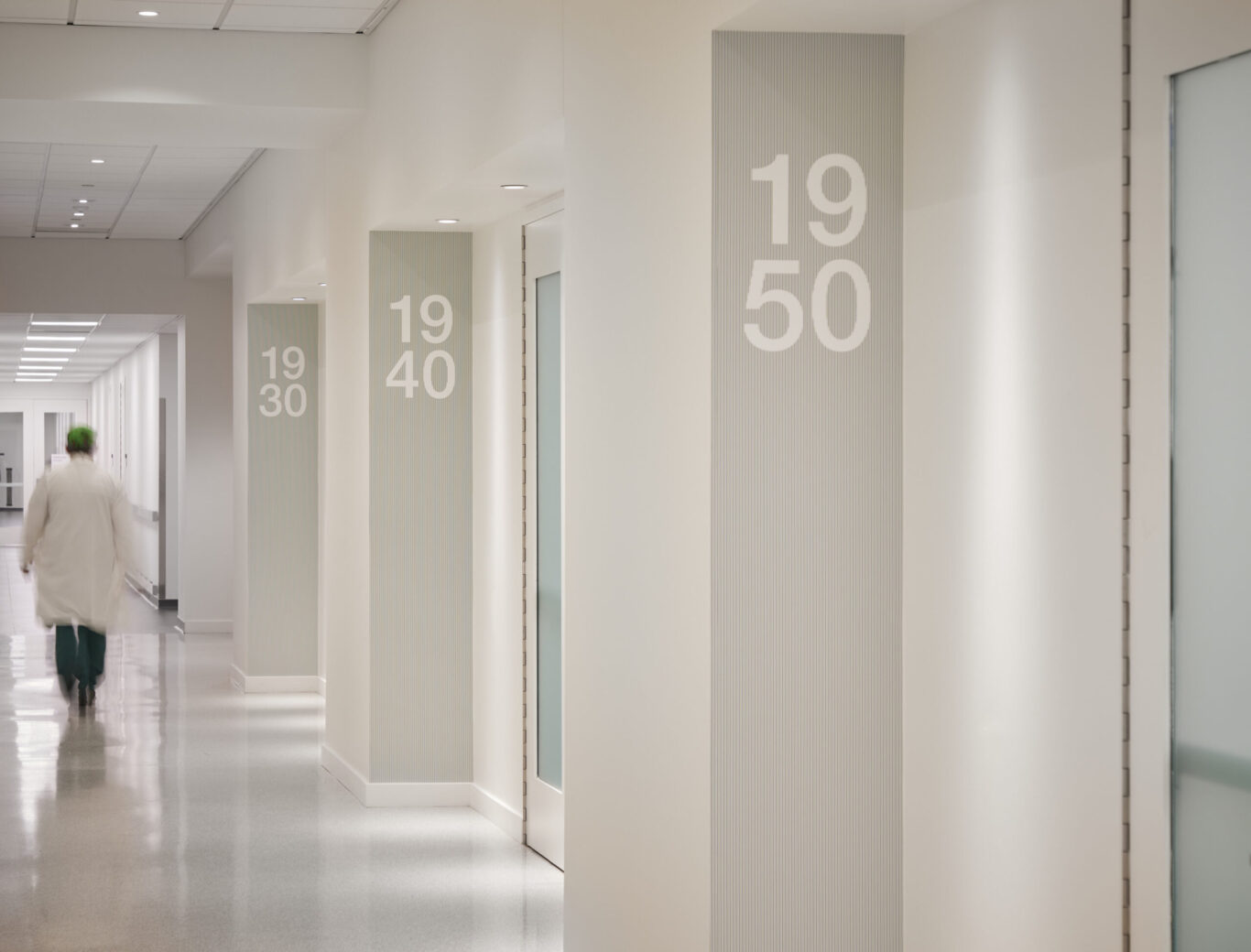
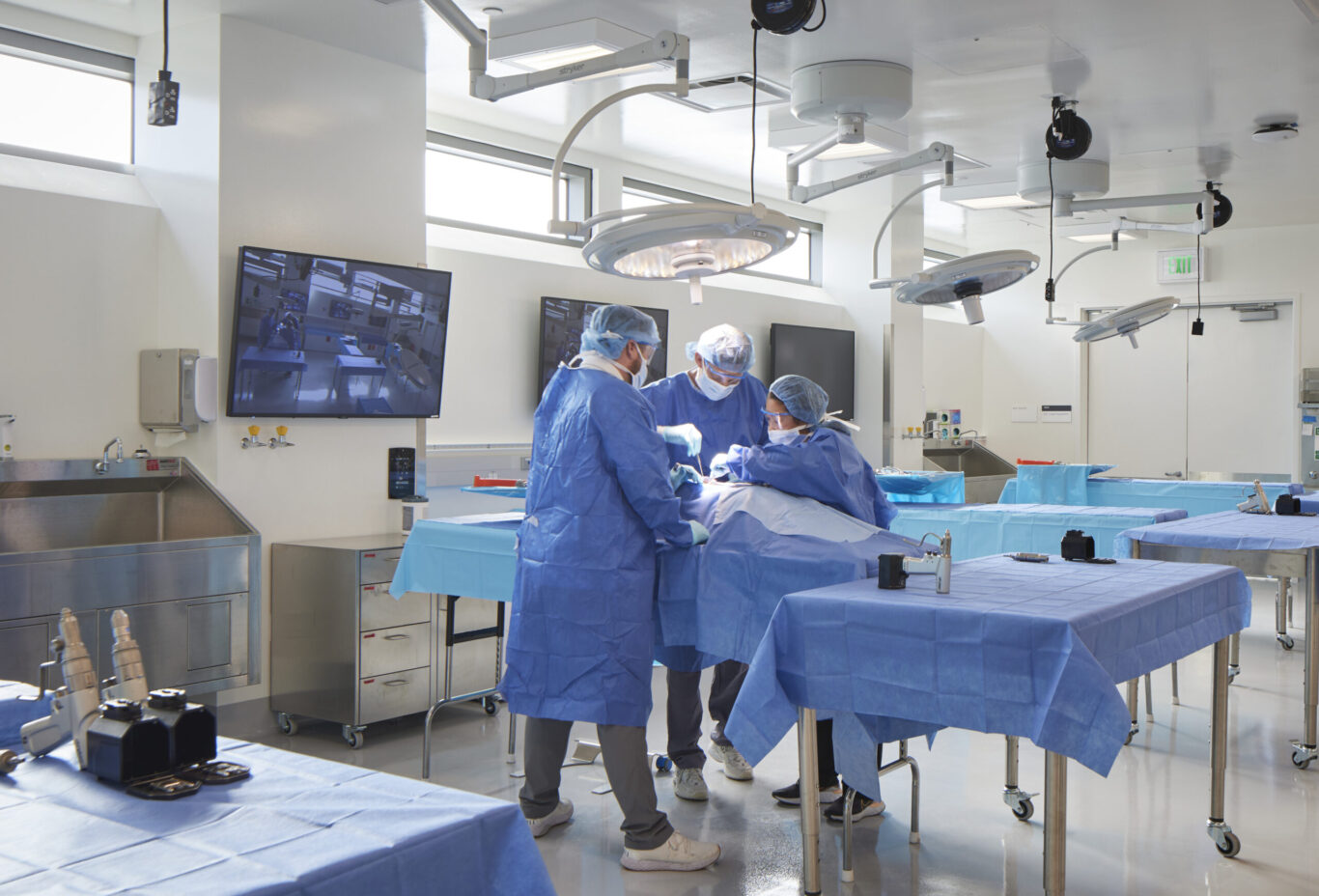
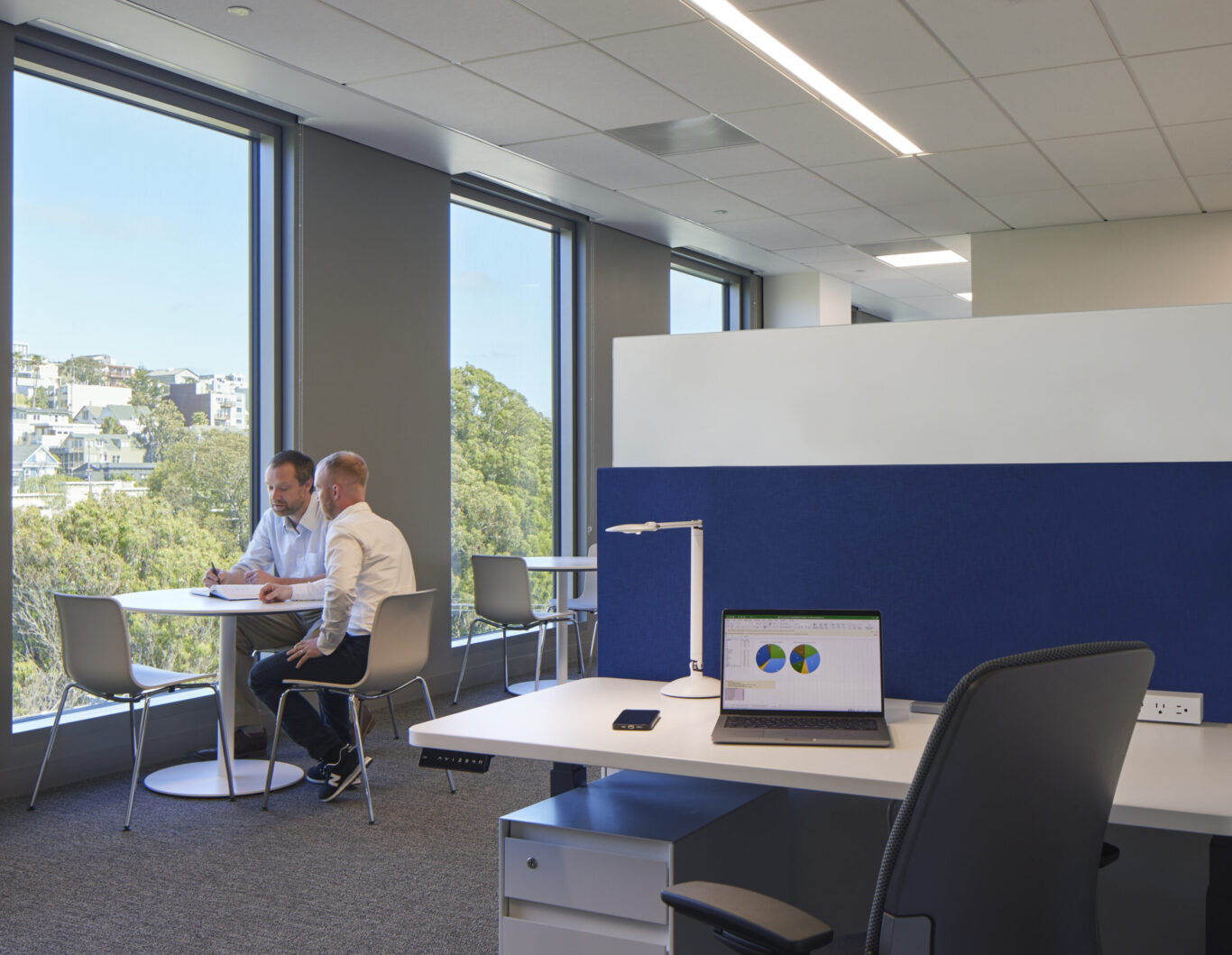
Storrs, Connecticut, United States
Chapel Hill, North Carolina, United States
01/